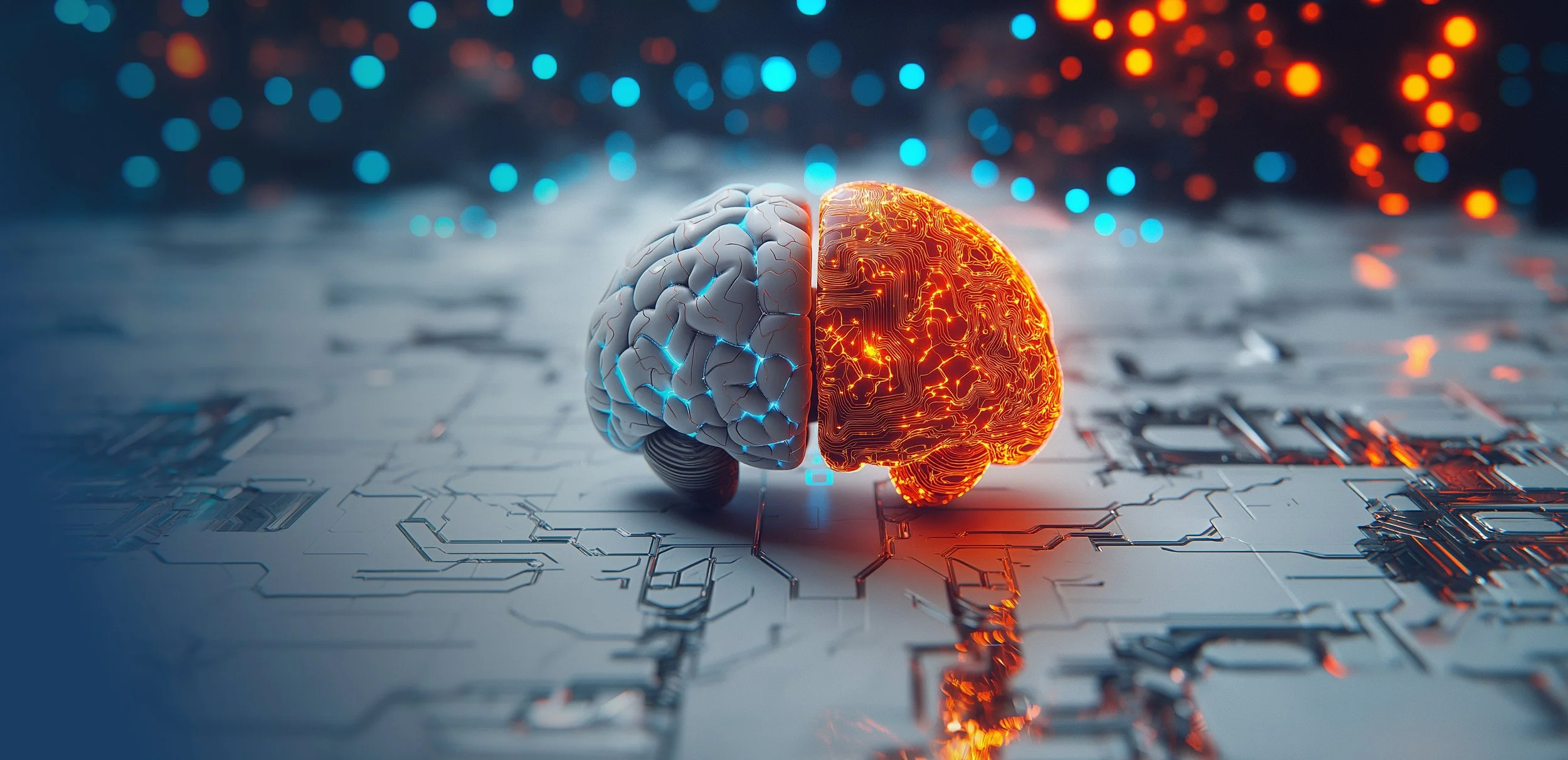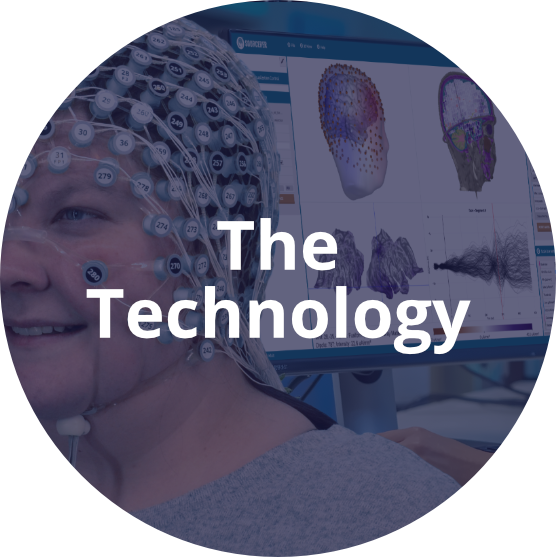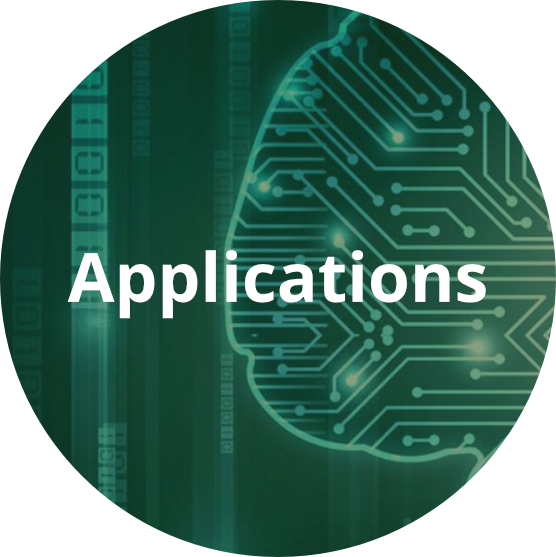
Milestones
NADA Milestones to Prepare for the Series A Raise
As of March 2025, NADA has completed the six initial milestones we designed to warrant a Series A raise of $20M on a $100M pre-money valuation.
The first milestone was a scientific analysis of the feasibility of a Personal Neuromorphic Emulation, now published in the journal Entropy (Tucker & Luu, 2024). For initial comments on this analysis, see the Theoretical Neurobiology Seminar (June, 3, 2024).
The second milestone was building a next generation Whole Brain Computer Interface (WBCI), a 280-channel high definition EEG system supported by individual head modeling for precise localization of neural activity to an individual’s cortical surface. This system is now complete and sold to research laboratories by NADA’s parent R&D company BEL (bel.company).
- The 280-channel Geodesic Head Web. This is the fifth generation of the geodesic electrode system, now in use (in various channel counts) in over 1000 laboratories worldwide. This latest design includes a novel modular pentagonal element that is specifically prepared for integrating microelectronics on the head (US Patent No. 11,045,131).
- Low evaporation sponge & electrolyte design. This latest generation includes the capability for recording all-night (8-hour) HD-EEG, an essential requirement for capturing the individual’s unique sleep neurophysiology.
- Low-noise wireless 280-channel amplifier integrated with NVIDIA machine learning. On-board AI classification and decision support is essential for both advanced EEG acquisition and transcranial electrical stimulation. The lightweight battery operation and wireless design allow use at the bedside or in a backpack.
- Software for HD-EEG acquisition: the BELView software allows real-time monitoring of the HD-EEG signals as well as interface with experiment control.
The third milestone was a complete individual head modeling system to characterize a person’s brain and head anatomy, to allow high resolution computational modeling of the electrical fields of the brain, as recorded noninvasively at the head surface with HD-EEG (Li et al., 2016)(US Pat. no. 8,478,011, licensed from the University of Oregon). The same system allows high-res modeling of Transcranial Electrical Stimulation (TES) to modulate cortical activity with external fields (Fernandez-Corazza, Turovets, Luu, Anderson, & Tucker, 2016; Fernandez-Corazza et al., 2018; Hathaway et al., 2021). The key elements of this head modeling platform, SOURCERER®.
- Registration of the 280 electrodes with the individual’s head surface.
- Automated segmentation of seven tissue types of varying conductivity (scalp, skull, cerebrospinal fluid, gray matter, white matter, eyeballs, air) from the person’s structural (T1w) MRI.
- Automated cortical surface extraction and tessellation into surface patches (2400, 4800, or 9600 patches) using the marching cubes algorithm. Computation of the surface normal of each patch, and placement of an equivalent electrical dipole model at the normal position.
- Construction of an efficient, proprietary finite element electromagnetic modeling framework (HexaFEM) for precise computation of both EEG and TES fields (Fernandez-Corazza, Turovets, & C., 2019; Fernandez-Corazza et al., 2018).
- Registration of the individual’s head model with other neuroimaging data, including functional MRI (fMRI), positron emission tomography (PET), and diffusion-weighted fiber tractography (Li et al., 2016; Papademetris et al., 2006).












